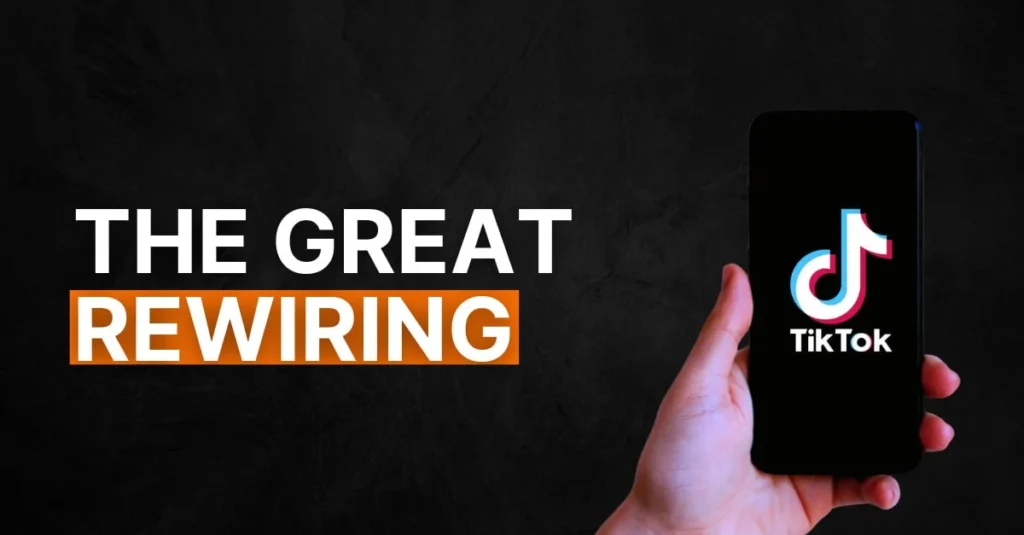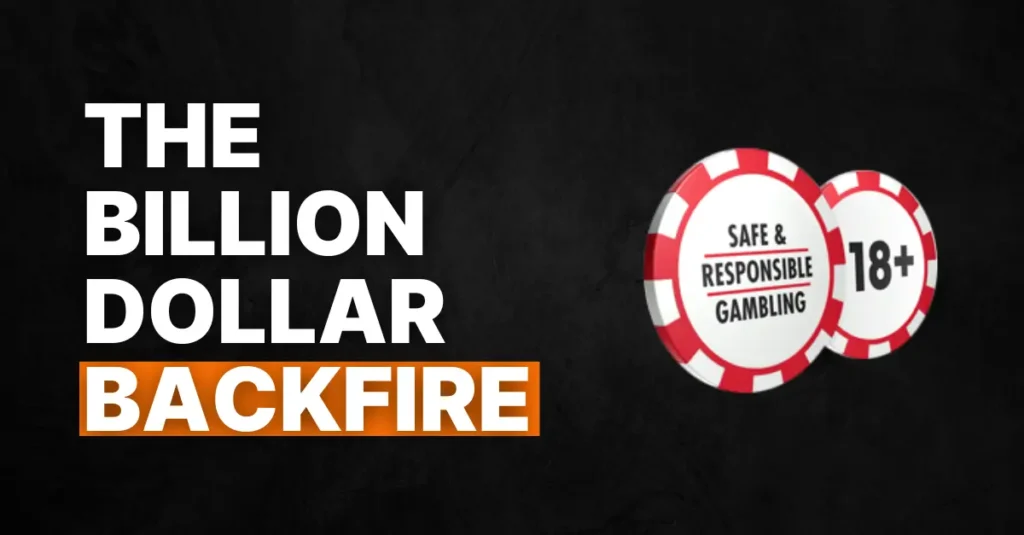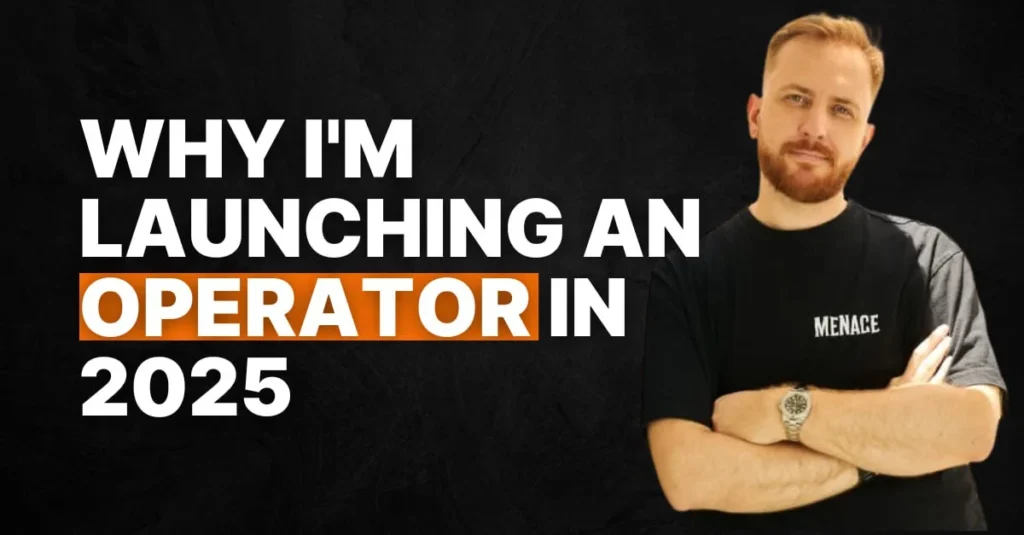For decades, the online casino industry operated on a simple belief: complexity equals engagement. More paylines, more bonus features, more elaborate animations. If we build deeper experiences, players will spend more time in them.
Crash games just inverted that entire philosophy.
These brutally simple games, where you watch a multiplier climb and decide when to cash out, are winning. Not just with a niche audience, but across markets. And if you’re dismissing this as a trend, you’re missing the signal.
The uncomfortable question nobody wants to ask: What if the entire design philosophy of online casinos is now fundamentally misaligned with how modern players process entertainment?
Crash games aren’t the disruption. They’re the canary in the coal mine. They’re telling us something profound about player psychology that should terrify anyone still building traditional games. The Blask Index shows a significant upward market trend from 2020 onwards… something changed, and it changed permanently.
This isn’t about one game category. It’s about how you adapt for the next generation of players.
The Numbers Tell a Brutal Story
Let’s get uncomfortable with the data, because every meaningful metric confirms the same pattern.
The demographic reality:
- 36.2% of accounts are now aged 25-34 (Blask data, Portugal market)
- 23.3% are aged 18-24
- These aren’t your future players, they’re your dominant cohort right now
The mobile truth:
- 81.6% of instant win play happens on mobile
- Over 70% of slots and table games are played on mobile
- This isn’t players choosing mobile as a convenient option. They’re mobile-native, and your desktop-first thinking is increasingly out of step
The spending consolidation: Here’s where it gets interesting. Total market spending has remained stable at around 34 million in July 2025, average spending per brand jumped to 15,265, up from the 3,600-4,200 range seen in previous months.
Read that again. Players aren’t spending more money. They’re concentrating their spending on fewer brands. The brands that “get it” are winning dramatically. The ones that don’t are bleeding out slowly.
The preference shift:
- “Moment-to-moment” incentives triple engagement
- Clear preference emerging for less volatile slots with frequent bonus rounds
- Players are voting with their wallets, and they’re voting for immediate gratification
Every data point aligns. Younger, mobile-first players with compressed attention spans are becoming the majority. And they’re not learning to love your complex games, they’re finding operators who already speak their language.
The Real Reason (It’s Not What You Think)
This isn’t about game design. It’s about something bigger.
Your casino games aren’t competing with other casino games anymore. They’re competing with TikTok, Instagram Reels, and mobile games that deliver dopamine hits every 15 seconds.
A generation got trained by platforms that understand attention better than casinos do. They didn’t lose patience, their brains got recalibrated by infinite scroll feeds, instant likes, and games optimized for engagement at a neurological level.
Here’s the cognitive reality: attention residue research shows that multitasking destroys deep focus. Modern players don’t have sustained attention to give you. They have fragmented attention that needs to be captured quickly, or not at all.
And traditional slots? They’re fundamentally misaligned with this reality. Complex paytables that need studying. Elaborate animations you have to wait through. Bonus rounds that require mental investment before delivering value. You’re asking for a type of engagement that players can no longer consistently deliver.
Crash games work because they’re designed for the same psychological architecture as TikTok: instant clarity, immediate feedback, rapid resolution, and optional (but not required) extended engagement. That 81.6% mobile instant-win figure from the research reveals players choosing formats that match their new cognitive defaults.
You’re not competing in the casino industry anymore. You’re competing in the attention economy. And most operators haven’t even realised the game changed.
What This Means (And What You Must Do)
Adding crash games to your portfolio is tactical. Rebuilding around attention economy principles is strategic.
Here’s what survival looks like:
1. Modular Game Design
Every game needs a “quick mode” that delivers the core experience in under 60 seconds. Traditional games must be decomposable into micro-experiences. Apply this test: Can a player get value from your game during a 2-minute commute? If not, you’re losing to someone who can deliver that.
2. Friction Audit Everything
Every unnecessary click is a conversion killer with this demographic. Stop benchmarking against competitor casinos; benchmark against Instagram and TikTok. Your players use those apps before they open yours, and they’re wondering why your UX feels like it’s from 2015. Speed of entry and exit matters more than the depth of features.
3. Shift the Portfolio Strategy
Allocate development budget based on engagement velocity, not just theoretical player value. “Snackable” content isn’t a side category anymore. It’s becoming the primary category. The brands consolidating the spending increase we saw in Blask data? They’re the ones matching new player expectations.
The risk of ignoring this isn’t about missing a trend. It’s about being left with a product designed for a generation that’s already moving on. Those younger cohorts representing 60% of accounts under 35 in Portugal, a pattern we’re seeing across European markets? They’re not coming around to complex games. They’re finding operators who already speak their language.
The paradigm shifted. Success is no longer measured in time on device. It’s measured in quality of attention captured in the first 30 seconds.
And crash games are just the beginning of what this means for everything we build next.



